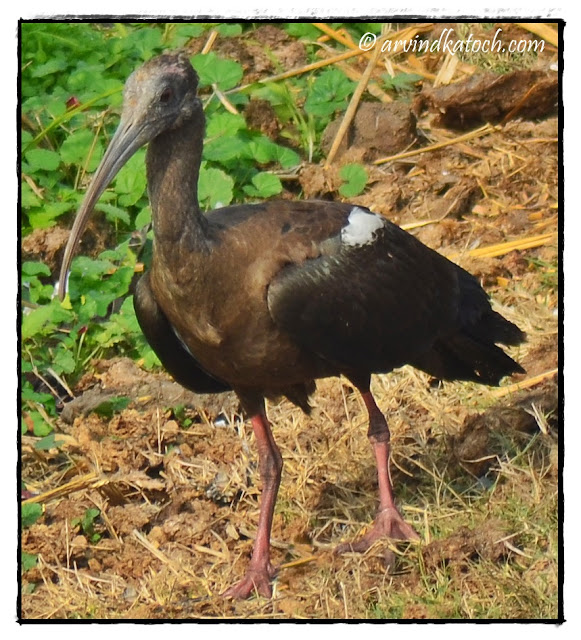Coppersmith Barbet Pictures and Detail (A beautiful Tiny Green Bird)
Coppersmith Barbet Pictures and Detail
I have always loved the green-colored birds because I have grown with Rose-ringed Parakeets around me. I came to know about Barbet birds when I started taking bird pictures. Coppersmith Barbet is the fourth barbet whom I captured through my camera. Earlier, I took pictures of Brown-headed barbet, Blue-throated Barbet, and Great Barbet. I captured this bird in Punjab.
Their breeding season is February to April in India and December to September in Sri Lanka. Each female bird can give up to four eggs in a single season. They make tuk tuk ... calls by inflating their throats without opening their beak.
Overall, I can see that Coppersmith Barbet is a very beautiful and colourful small bird and I feel fortunate to get the chance to take his pictures. In the future, I hope to get chances to capture pictures of these birds.
The Coppersmith Barbet is a small bird that is native to South and Southeast Asia. Here are some important facts about this bird:
Appearance: The Coppersmith Barbet is a small, plump bird with a short tail and a thick, curved beak. It has a bright red forehead and yellow throat, and its body is a mix of green, yellow, and red.
Habitat: These birds can be found in a variety of habitats, including forests, woodlands, gardens, and parks. They are most commonly found in lowland areas but can be found up to elevations of 1,500 meters.
Diet: The Coppersmith Barbet feeds mainly on fruits, but also eats insects, spiders, and other small creatures.
Behaviour: These birds are known for their distinctive call, which sounds like a metallic hammer striking metal (hence the name "Coppersmith"). They are also known for their ability to excavate their own nesting holes in trees.
Breeding: Coppersmith Barbets breed during the summer months, typically laying 2-4 eggs in their nesting hole. Both the male and female participate in incubating the eggs and caring for the young.
Conservation status: The Coppersmith Barbet is considered a species of "Least Concern" by the International Union for Conservation of Nature (IUCN). However, habitat loss and degradation are threats to their populations in some areas.














Comments
Post a Comment